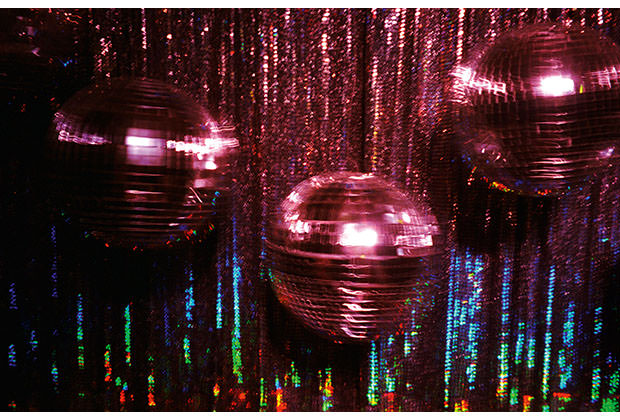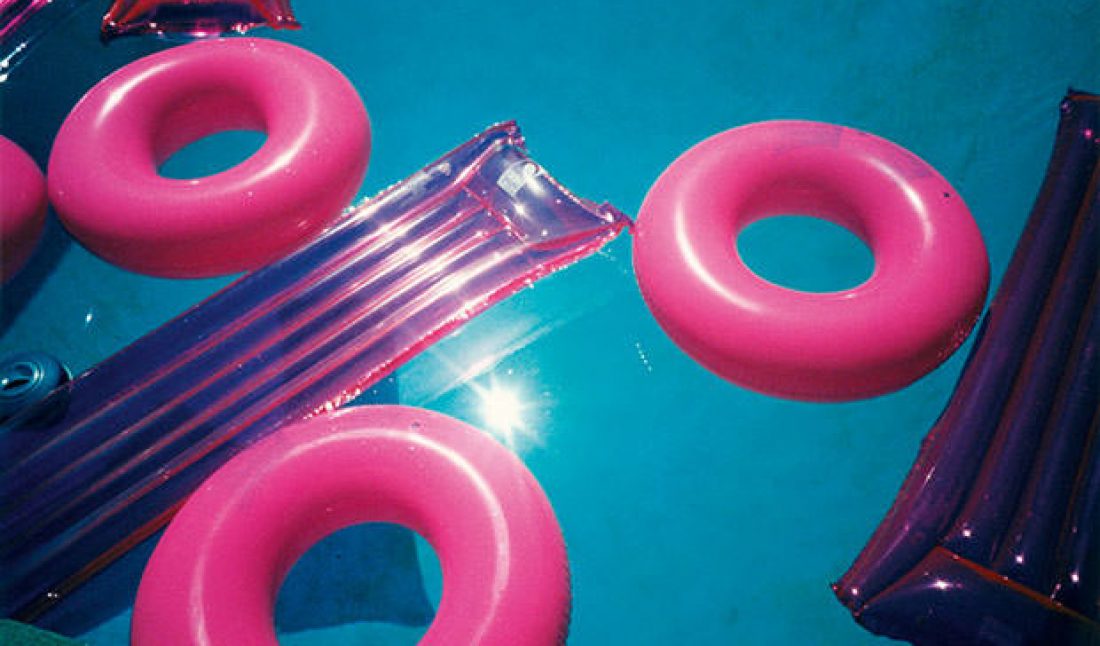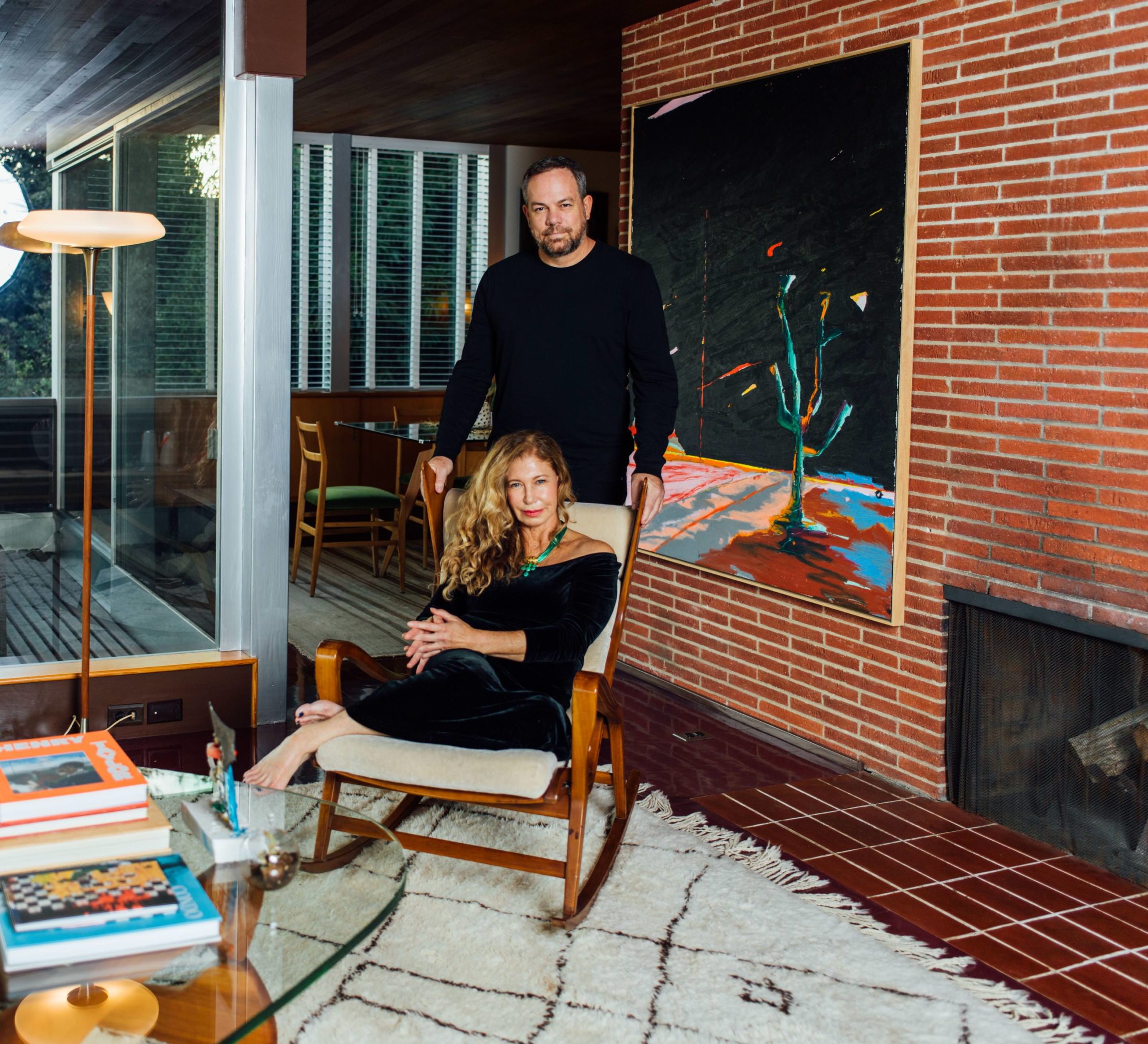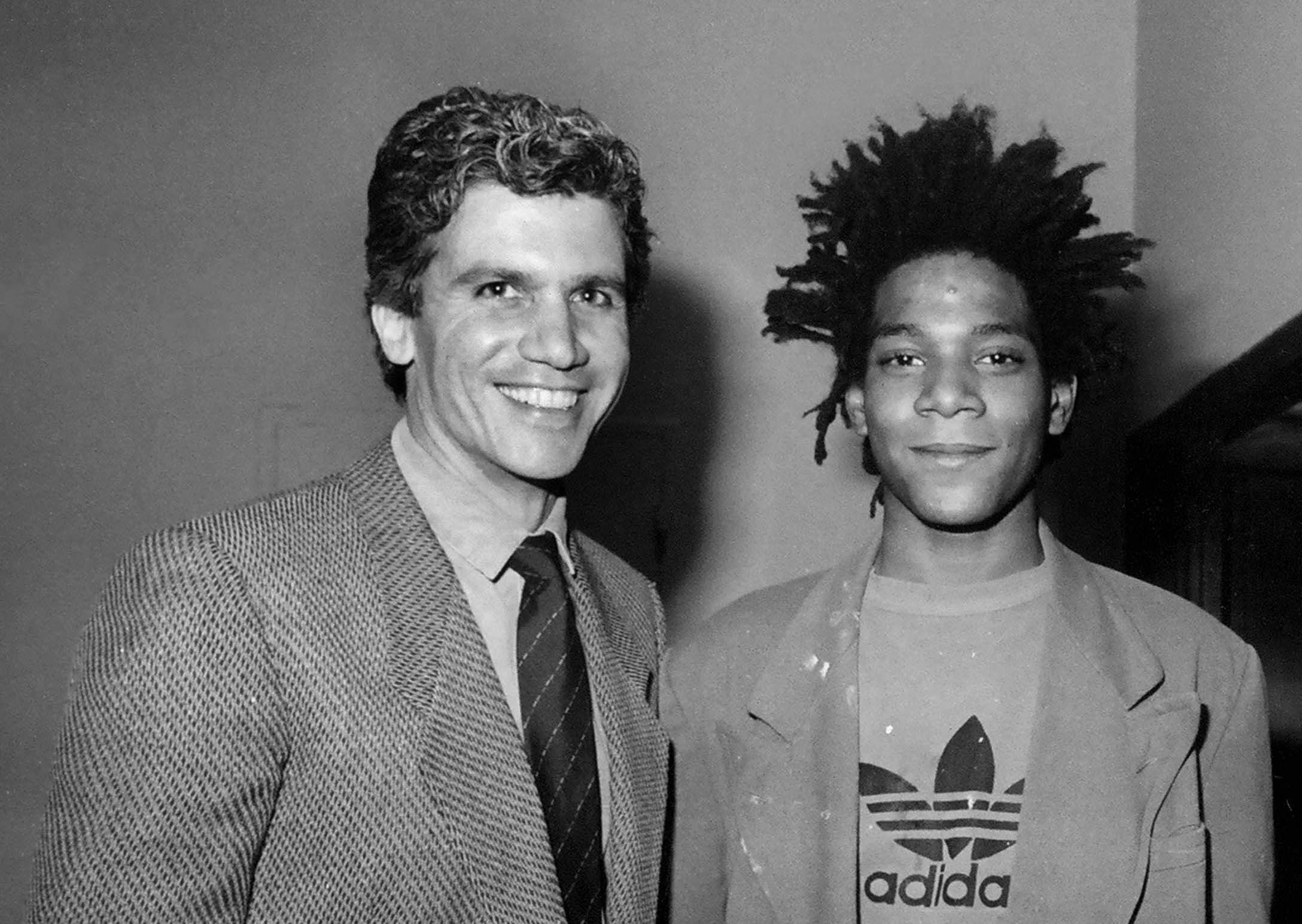For the past 30 years, Mario Testino’s photographs have set the standard for depicting the beautiful demigods of society: models, actresses, pop stars, and royalty. But Testino also has a cache of personal work — still concerned with beauty, of course — which he is slowly rolling out, first with an exhibit at PRISM in Los Angeles opening on tomorrow, February 26, and later in the year in his hometown of Lima, Peru.
The “personal work” demarcation includes what he describes as “landscapes” (a wide cityscape shot, an interior embellished with beautiful model’s posterior, a Kohei Yoshiyuki-like voyeuristic picture of a couple intertwined behind a tree), as well as a selection of some of his favorite editorials. Known mostly for his high-production-value, glamorous images, the exhibition at PRISM also finds Testino in a more point-and-shoot mood, which in turn lends vibrancy to the show—a sense that he’s having as much fun capturing things spontaneously as he is with the slow motion precision of a fashion campaign. The juxtaposition of the two sides of Testino’s work allows viewers to inhabit the photographer’s unique life, both worldly and opulent.

WW: You’ve shown portraits at the National Portrait Gallery, to great acclaim. Are you taking a different approach to this show at PRISM?
MT: “Portraits” was a museum show with over 80 images. This is a gallery show with 16 images, so it is for sure a different approach. Almost like a feature film and a short film.
WW: Can you tell me what this show means to you?
MT: This is a gallery show, so in a way, there is a freer approach to putting the image selection together. We have worked closely with the gallery at selecting a group of images that come from my personal work and not my commercial work. It has a few injections from the magazine world, but in general, the images belong to my private life.
 ECD0065A_2.tif
ECD0065A_2.tif
WW: You have a home in Los Angeles. What makes Los Angeles an ideal place for you to show your work and what makes the Academy Awards an ideal time?
MT: In Los Angeles, I find time is used in such a different way — there is a more flexible, more relaxed approach to life in general, which I particularly like. The world seems to act in a rushed manner most of the time, and California gives me a sense that time is on our side, and one can be more relaxed with it. In some ways, this has been a very strong influence on my work: the Los Angeles approach.
As for the Academy Awards, it’s an ideal time to show as many of the people I have worked with will be there as well as art lovers, artists, and people from the fashion world.
 ECD0065A_9.tif
ECD0065A_9.tif
WW: Sometimes your portraits elevate the subject, making them seem as if they are on a perfect planet. Other times you ground them, allowing them to exist within their own environment. Sometimes it’s something completely different altogether, removing the subject of all environment completely. What is the process of deciding which situation will fit with each subject?
MT: It is interesting what you say, and true, that I use these different approaches to my subjects. My process is very instinctive. Sometimes I need to elevate a subject to a different platform due to what is happening in their lives. For instance, if their relationship has been the topic of conversation in the press, and they come across as the victim, I will want to present them as the total winner. If someone has been seen only as an icon because of their body, I might want to bring them down to Earth and show they are not only great because of their beauty. On the occasion someone’s “world” does not really interest me or they are far from my ideology, I maybe take them into a more surreal realm. I guess it all comes from instinct and connection.
WW: You’ve photographed some of the most prominent people in the world. What is the one thing you have taken away from working with people that most of the general public looks up to, deifies, and gazes at?
MT: Sometimes a negative self-obsession, and other times a kindness and a power, of giving to others, so much that it boomerangs back to them and turns them into such iconic humans.
WW: Sexuality and sensuality are major themes in your work. Can you describe what these words mean to you? What is “sexy” to you?
MT: I love the idea of someone being desired, admired, wanted, and at the same time unreachable. Sensuality and sexuality do that. I have an obsession with beauty, the kind that only few humans are lucky to get at birth and others manage to develop. In a way, I like capturing what others wish they could have, but don’t. For me, sexy comes from a mix of physical perfection, personality, self belief, and freedom. I find fear and insecurity the least sexy attitude to have.
WW: Your work is often made in the “non-artistic” format of magazines/ad campaigns, but you approach it from what seems like an artistic point of view. Can you tell me about the reconciliation between the two worlds, and what allows your work to transcend the format of the commercial and enter in the world of contemporary art?
MT: I am very conscious that fashion photography has a commercial basis to it, as we are supposed to drive people to buy. The amazing thing today of this exercise is that we are allowed to express this in the most open and artistic way. We are allowed to create our own world where our imagination is free, and the less restrained we are, the more it can reach the levels of contemporary art.
I started collecting contemporary art some 20 years ago. At one point I started to see my own work being used by artists to make something that is theirs. The art world started looking at the fashion world, and I think this came from the freedom we had been granted to produce our work. Maybe the viewer has become so sophisticated that unless we are given the freedom to create, the result is not acquired.
Mario Testino (b. 1954 in Lima) is a Peruvian fashion photographer. His work has been featured in magazines such as Vogue and Vanity Fair. His career highpoint came when he was chosen by Princess Diana for her Vanity Fair photoshoot in 1997. Testino has been regularly employed by the British royal family ever since.











